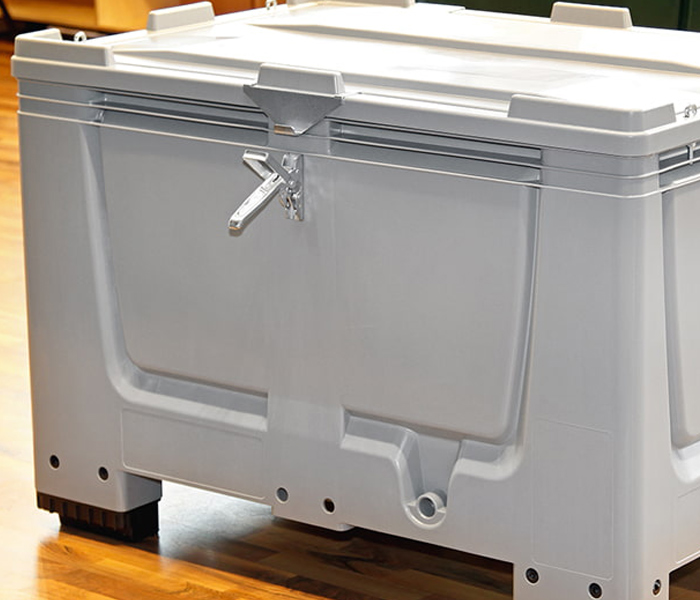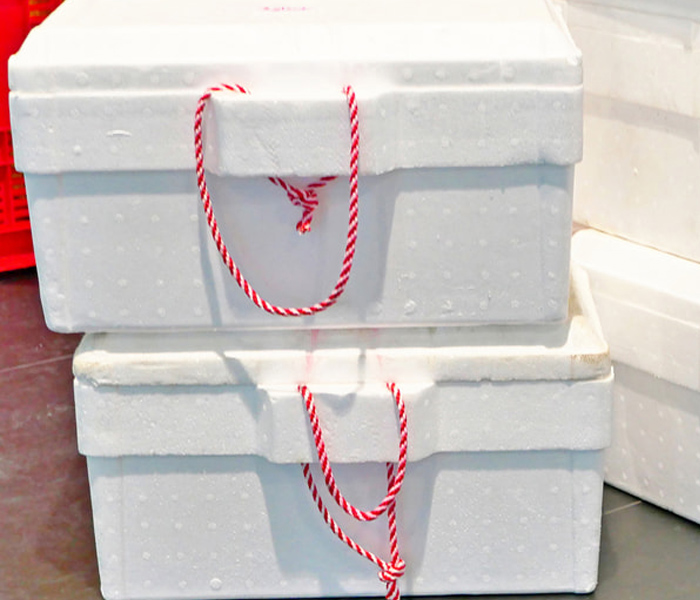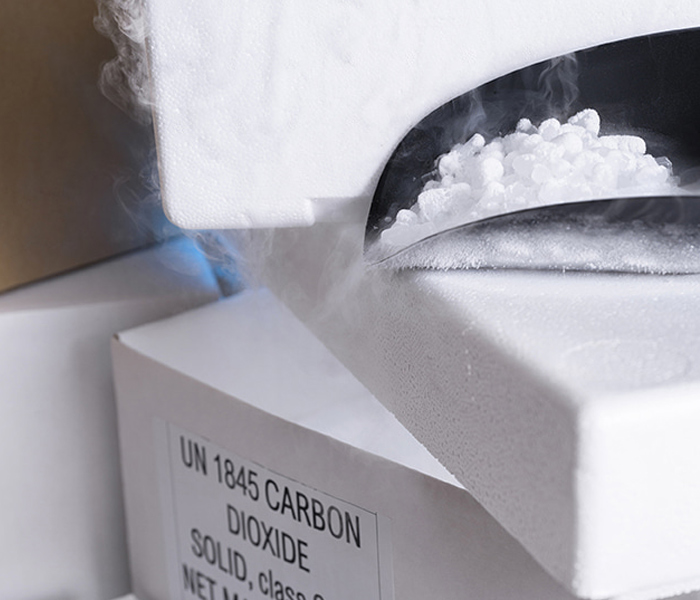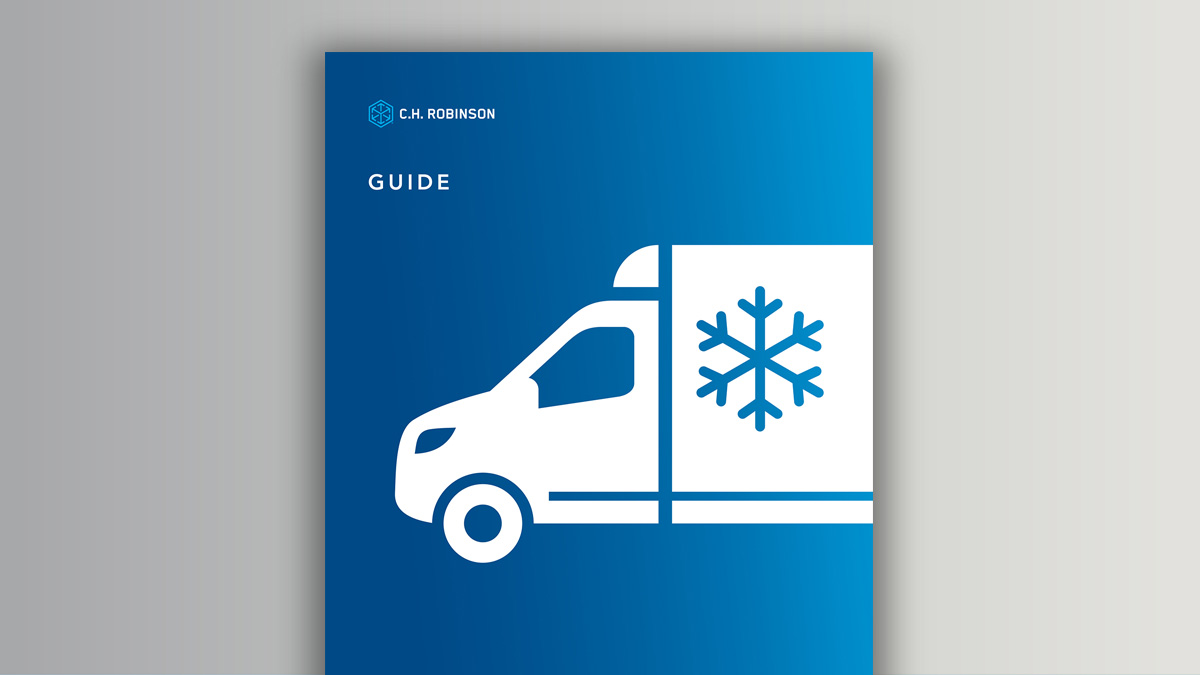
Protect your temperature sensitive goods
Say goodbye to the stress of moving temperature sensitive shipments and hello to a world where your goods arrive fresh, safe, and right on time. Gain peace of mind over the safety of your temperature sensitive goods—no matter how long the flight.
Keep your products in the right temperature range
Cool
Between 2°C and 8°C
(35.6°F and 46.4° F)
Controlled room temp
Between 15°C and 25°C
(59°F and 77°F)
Extended room temp
Between 2°C and 25°C
(35.6°F and 77°F)
Frozen
Products kept at -20°C
(-4°F)
Deep freeze
Between -20°C and -70°C
(-4°F and -94°F)
How to keep your temp sensitive air freight protected
These containers, like Envirotainers and AcuTemps, can accommodate a wide range of temperature-sensitive products, including pharmaceuticals, perishable foods, and biotechnological materials.

Commonly used for short to medium-haul shipments, insulated packaging is often comprised of cardboard boxes with expanded polystyrene or aluminum sheets and can be combined with coolants.

Several types of coolants are commonly used to regulate and maintain temperature ranges in air shipping. Dry ice is only used in limited quantities due to dangerous goods concerns.

Thermal blankets address the threat of cold chain breaks. By providing a barrier, thermal blankets help reduce heat transfer between the inside of the package and the external environment.





What sets C.H. Robinson temperature controlled air services apart

Coordinate your temp sensitive moves—from door to door
- Transport: Moving goods while maintaining stable conditions.
- Storage: Providing facilities for temporary storage before distribution.
- Processing and distribution: Ensuring sanitary conditions and facilitating distribution.
- Cooling systems: Maintaining temperatures for processing, storage, and transportation.

Secure precise air freight options, adapted for your products
- Floral
- Fresh fish
- Fresh produce
- Pharmaceuticals
- Refrigerated food
Get the latest intel. Own the competition.
The C.H. Robinson Edge delivers expert advice on what’s new, what’s next, and what to do about it. With the leading freight market insights, powered by unmatched expertise and data of the market leader, you can stay ahead in today’s fast-changing world economy—where supply chains can make or break business success.

Boost your temperature controlled efficiency
The right strategies can improve your cold-chain logistics:
- Explore the benefits of outsourcing
- Discover unexpected ways to reduce spending
- Understand how to become a “favored shipper”
- Strategically adjust your inventory management
Related services to elevate your shipping strategy
Temp controlled
Safeguard temperature-sensitive freight and maintain quality with climate-controlled shipping services.

Air
Meet domestic and global demands with flexible air freight solutions that operate on your schedule—even last-minute.
Charter Air
When time is of the essence, consider charter air service to deliver with unmatched speed and precision.


